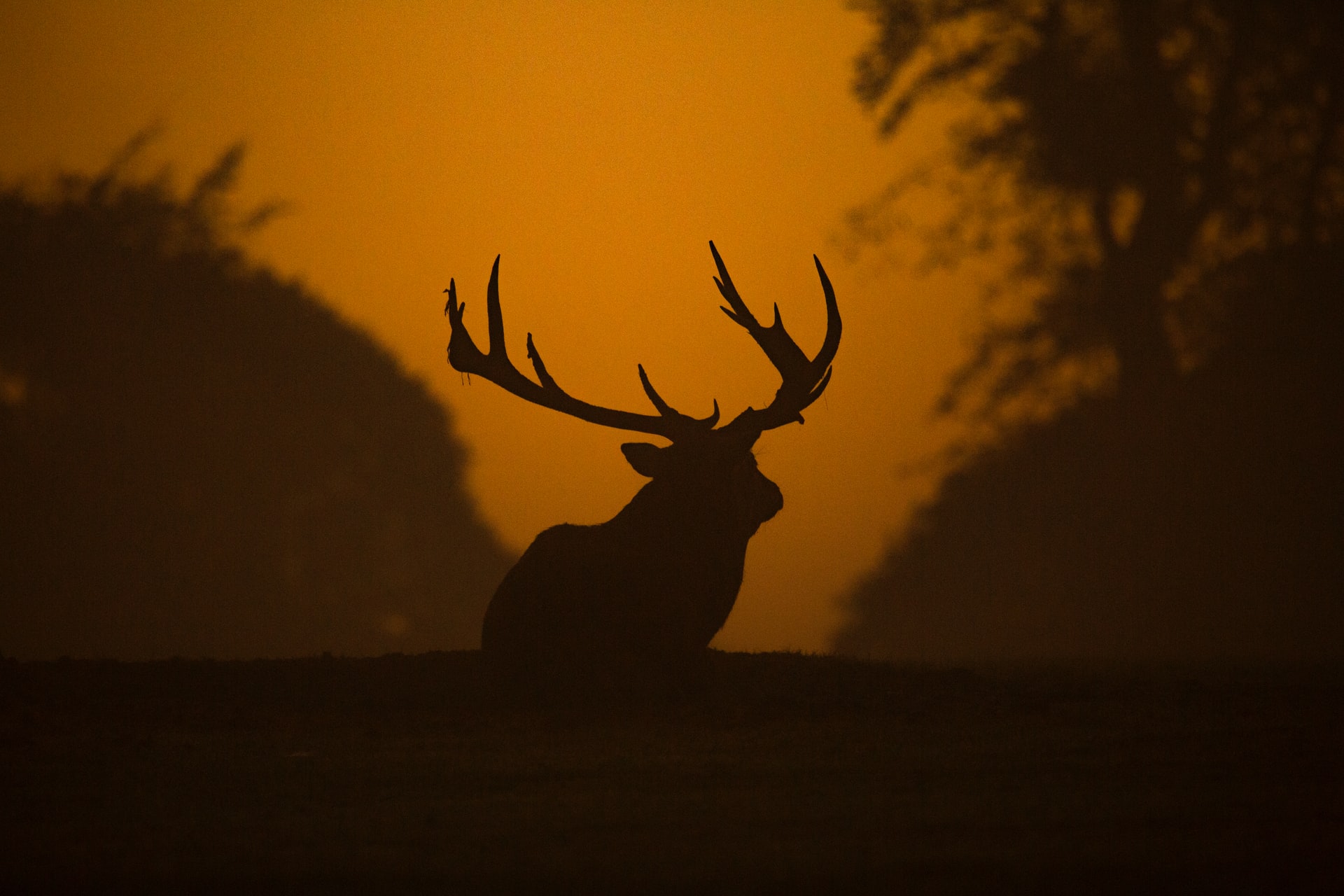

Let’s dive deep into knowing some essential Wildlife Photography Tips!
We can’t emphasise this enough: wildlife photography takes time and patience, with a large portion of that time spent researching and paying attention to your subject. Instead, visiting an area only once, return several times to shoot it. Keep an eye on an animal’s behaviour and try to figure out what it’s going to do next. You’ll be able to forecast where an animal will go next or what it will do with practice.
The plastic piece that comes with your lens isn’t just for show. It not only helps you take clearer images by preventing stray light from hitting the lens, but it also protects your lens physically. We see it on photographers all the time, but it’s always the wrong way around. Before you start shooting, make sure you take a few moments to correctly attach it.
We’ve just discovered that many photographers prefer to shoot in manual mode because they believe anything else is “cheating” and makes a shot unworthy. We don’t know any professional wildlife photographers who don’t utilise aperture priority mode – while manual mode has its place in some scenarios. Aperture priority, on the other hand, is ideal for wildlife photography. In a woodland or similar setting, light is rarely uniformly distributed. A moving animal will pass through locations with varying light intensities. Aperture priority mode will modify the settings and ensure that your shots are properly exposed if you capture a burst of photos of it passing through the area.
As previously stated, wildlife photography requires a great deal of patience. When you first start out in this subject, keep in mind that wildlife photographers rarely capture a great snap after only a few hours of waiting. Before you can capture a unique photograph, you may need to return to a location several times and wait for hours. This may appear intimidating, but it will make any photographs you catch that much more satisfying. If you’re stuck in a hide, bring a book or watch a movie on your phone to pass the time. Always remember to look up and assess the situation in front of you.
Finally, with so many individuals presently capturing fantastic wildlife photographs, it’s critical to think beyond the box. Look at other people’s photos and ask yourself, “How can I do it better?” Take a photograph that no one has ever seen before if you want your images to be recognised and stand out.
Final Words!
Wildlife Photography, as exciting as it sounds has it’s own difficulties and struggles. If you’re someone who’s aspiring to be a wildlife photographer, then these tips will definitely help you.
Have a query about our courses get in touch with us and we will guide you through the world of photography
(0) Comment